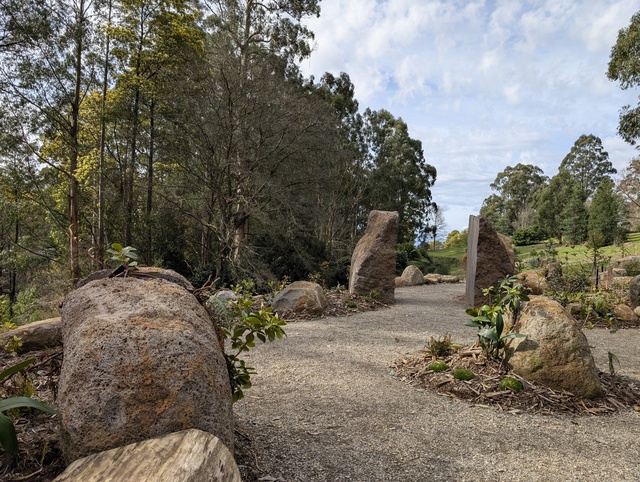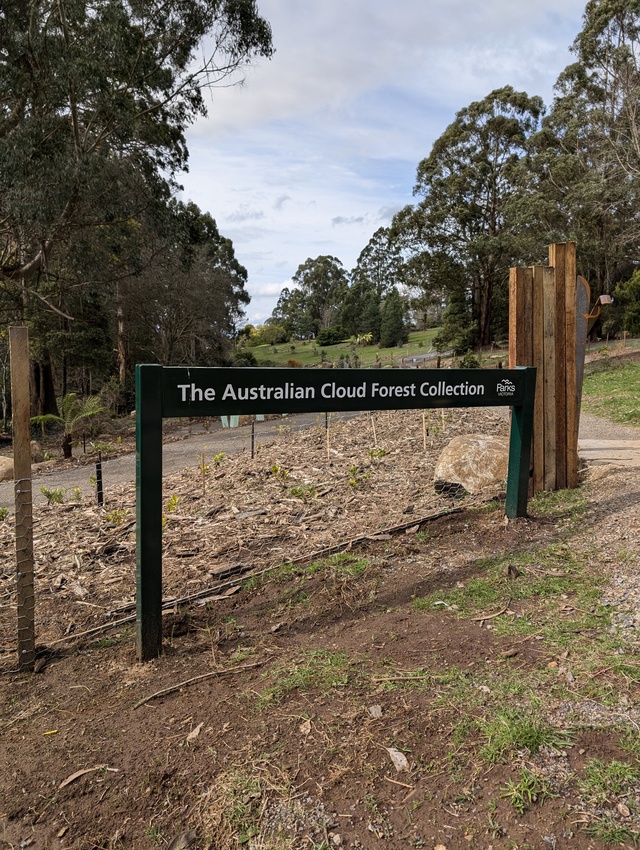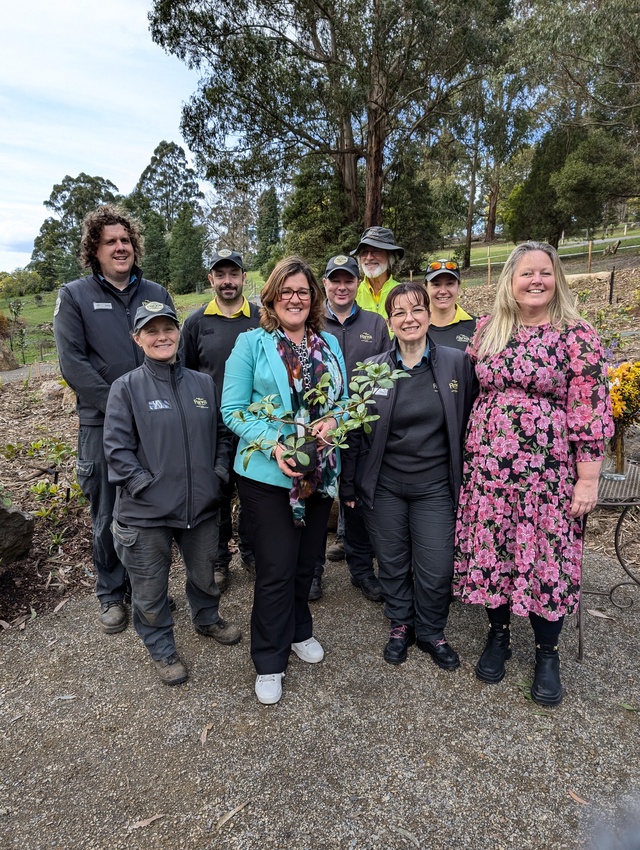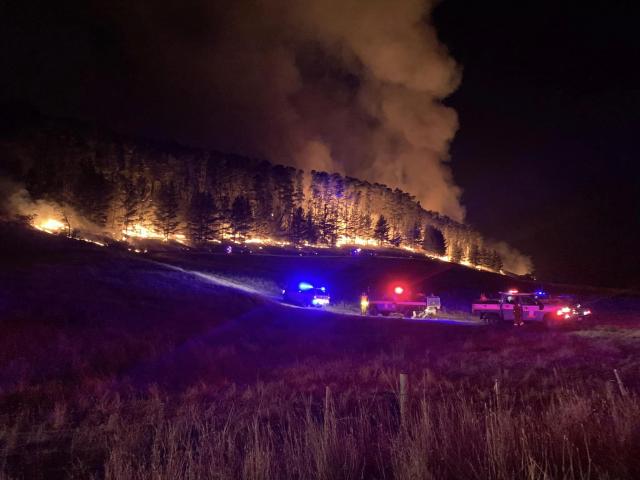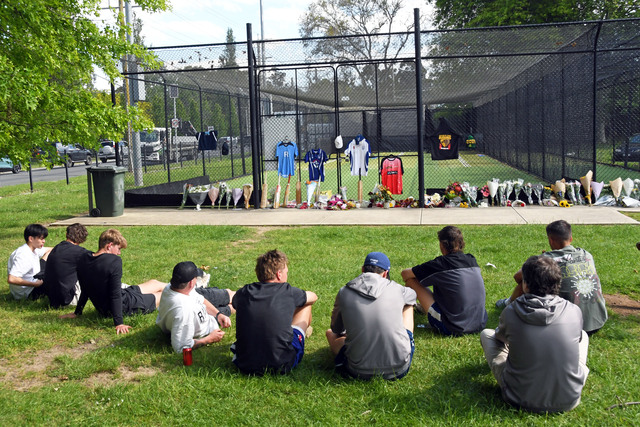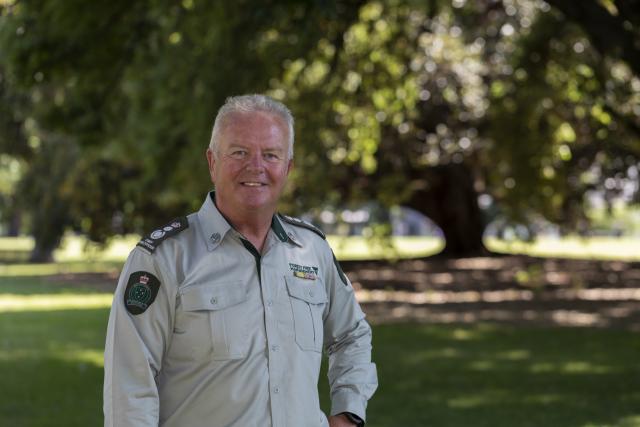The native Australian Rhododendron has taken centre stage as part of a new garden that opened recently in the Dandenong Ranges Botanic Garden.
From the mountain tops of Far North Queensland a huge collaboration in the botanical world has come to fruition, offering a new location to preserve vital Australian flora in Victoria.
The Australian Cloud Forest Collection was officially opened in the Dandenong Ranges Botanic Garden on Friday 23 August.
State Member for Monbulk Daniela De Martino cut the ribbon after a small ceremony of speeches was conducted at the site to celebrate the project’s completion.
“In addition to creating a beautiful new environment within the Dandenong Ranges Botanic Garden, the Cloud Forest collection plays an important role in the conservation of endangered native plants,” she said.
“I am thrilled that this initiative has happened here in the Dandenong Ranges”.
A unique milestone, the cloud forest collection showcases endangered flora from Queensland’s Wet Tropics World Heritage area.
Warren Worboys Curator of Horticulture at Cranbourne Gardens said they had to climb to the mountain tops to collect them.
“Most of the peaks have not been climbed by the general public at all,” he said.
With the future of the mountaintop ecosystems under threat from climate change, the garden is a chance to preserve some of the flora in the Dandenong Ranges.
The collection includes Australia’s own native Rhododendron – the Rhododendron lochiae and viriosum.
Plants in the garden are part of a meta-collection project to conserve threatened flora, with other parts of the collection at the Royal Botanic Gardens in Cranbourne and the Australian National Botanic Garden in Canberra.
Parks Victoria ranger team leader Terence Moon said the highlight had been seeing the garden come to fruition.
“It has been a labour of love for a lot of people,” he said.
“The project as a whole is part of the much bigger project called the tropical mountain plant science project or TROMPS.”
The garden was delivered in partnership with TROMPS, the collaboration between the Australian Tropical Herbarium, James Cook University, Australian National Botanic Gardens, Western Yalanji Traditional Owners, the Wet Tropics Management Authority, Royal Botanic Gardens Sydney, Royal Botanic Gardens Victoria, Dandenong Ranges Botanic Garden (Parks Victoria), Brisbane Botanic Gardens, Cairns Botanic Gardens and The Australian Rhododendron Society.
Mr Moon said he was excited to have a part of the garden open to the public that hasn’t been previously.
There are two native species of Australian Rhododendron and Mr Moon said the Australian Rhododendron Society were instrumental in getting some of these collection trips started.
“That’s why that’s a major focus for us here – rhododendrons are still a major part of what we do in the Dandenong Ranges Botanic Garden,” he said.
The project safeguards wild populations of flora and Mr Moon said that the conservation collections are to be dispersed around the country in different gardens.
“It was all about conserving these plants from the Far North Queensland mountaintops,” he said.
The groups who forayed north to collect the plants were part of a once in a lifetime experience.
John O’Hara from the Australian Rhododendron Society said they resided in forestry cabins and got to go places that he wouldn’t otherwise have been able to get access to.
“It’s a demonstration of how citizen science works in with government bodies – it wouldn’t have worked without both parties pulling together,” he said.
The garden features winding paths and boulders cut to emulate the granite peaks of the Queensland mountain tops and features seating and mulch from timber salvaged in the June 2021 storm.
Designer Andrea Proctor said she and her team have been involved since 2020.
“It was inspired by the stories of the people from those original transplanting trips,” she said.
A working group and some amazing photos of the collectors on their trip gave Ms Proctor the beginnings of her design process.
“It was this really phenomenal landscape where the vegetation changed quite dramatically,” she said.
“There were all these giant boulders and open spaces where the Australian rhododendrons grow.”
Ms Proctor said that each of the mountain tops had plants that were slightly different and the horticulture and landscape team were really trying to create a landscape that could display the plants at their best in the botanic garden.
The garden provides niche microclimates for the rare plants that call it home.
“I am very happy with it,” she said.
The Australian Cloud Forest is possible thanks to a growing Victoria’s botanic gardens grant received through the Victorian government, building on funding from The Australian Rhododendron Society and the Ian Potter Foundation.
The new garden area is open for all to enjoy and sits below the recently installed Chelsea Australian Garden in the Dandenong Ranges Botanic Garden in Olinda.

